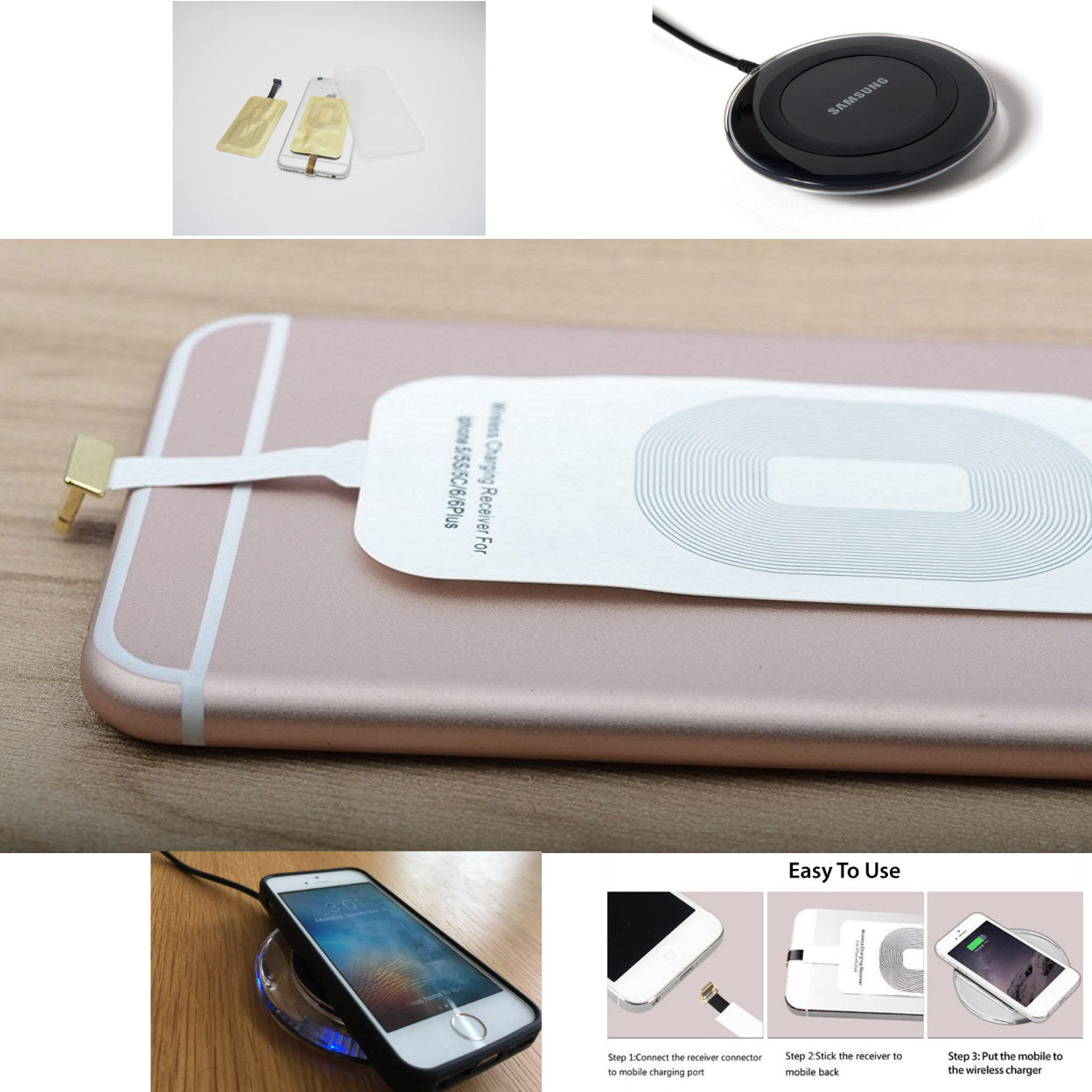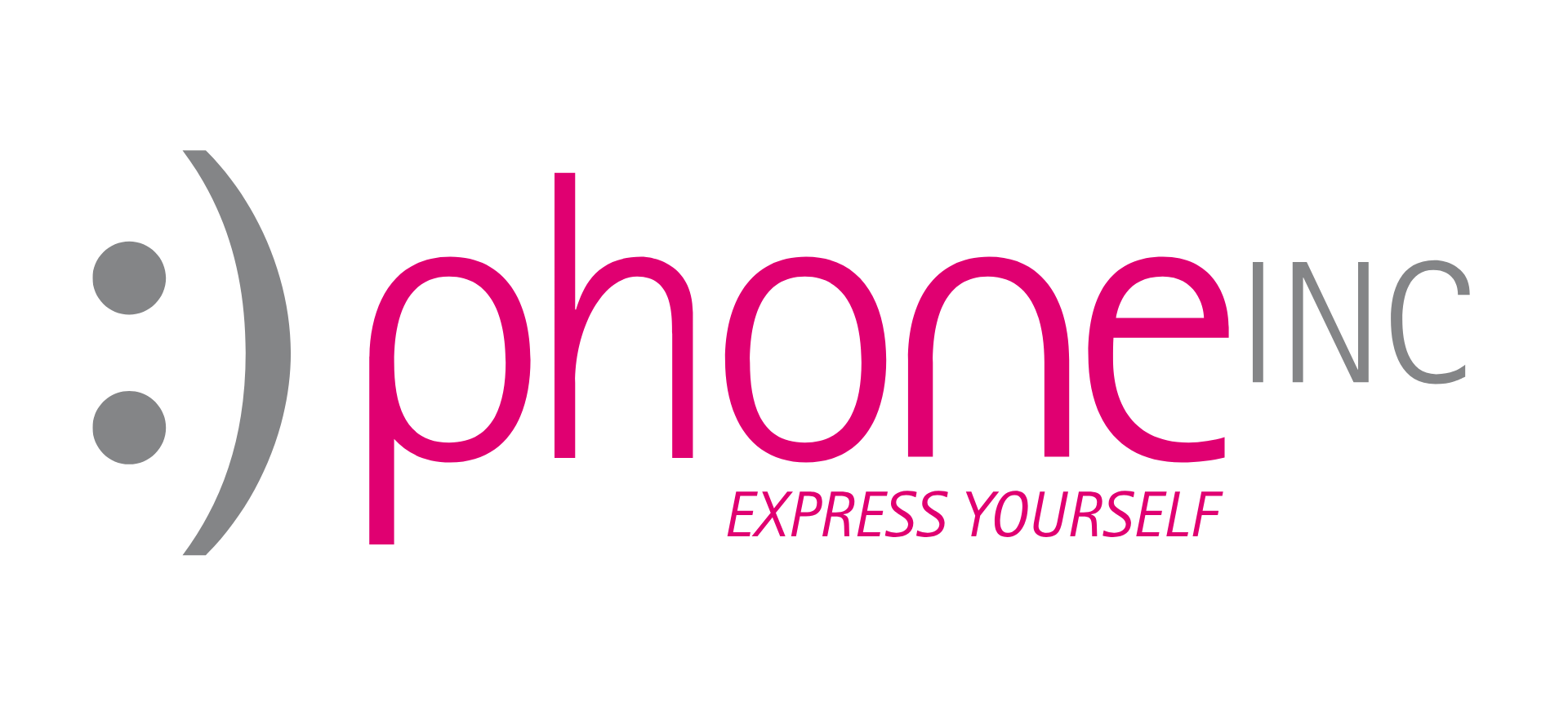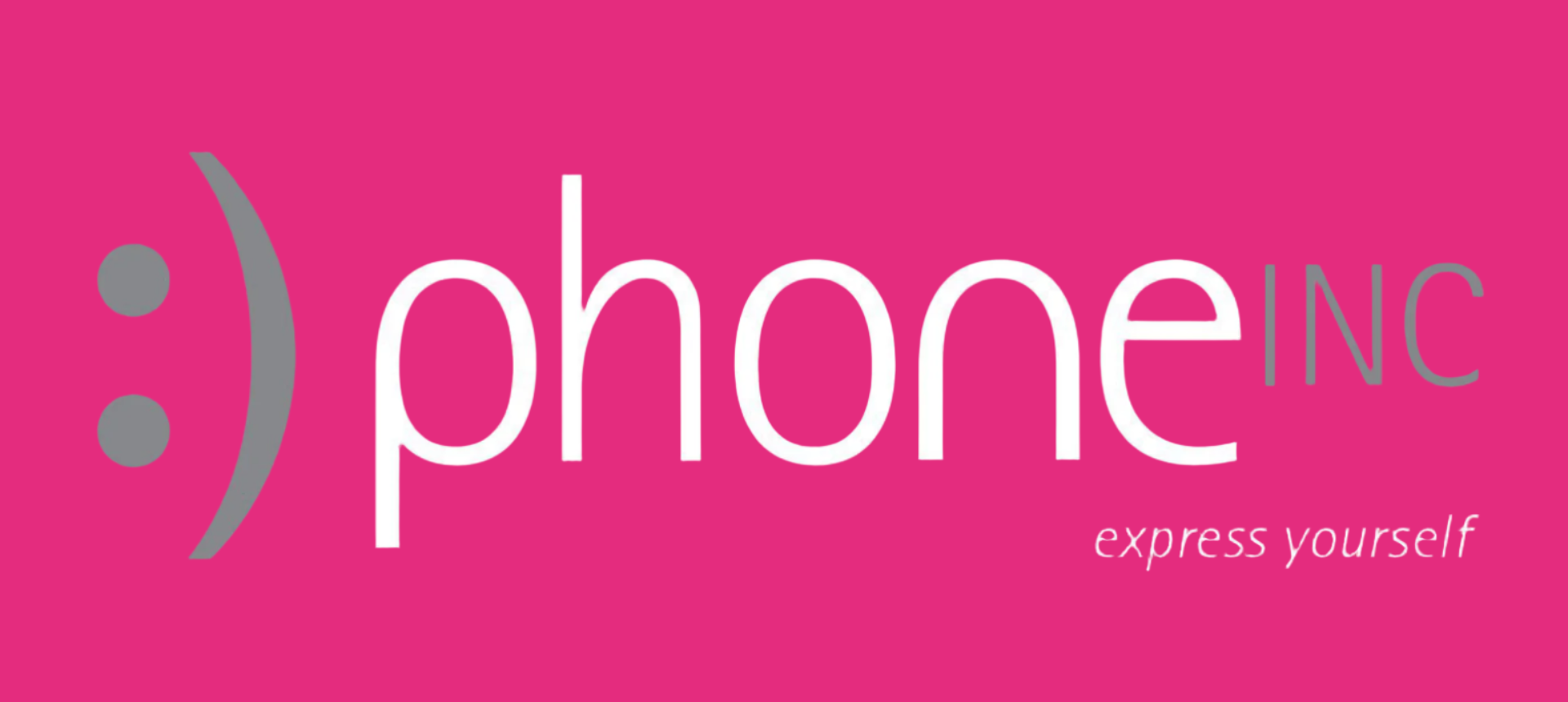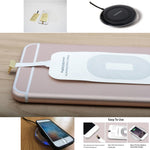
Wireless Charging Receiver for Apple iPhone 5 5s SE 6 6s 6P 6sP 7 7P with QI Cha
$39.95
Unit price perEstimated delivery between December 24 and December 26.
High-Quality QI Standard Wireless Charging Receiver with Lightning Plug
If you're planning to purchase one of the recently announced iPhones (iPhone 8, iPhone 8 Plus or iPhone X) then you'll find it supports Qi wireless charging out of the box. But if you have an older iPhone - any device with a Lightning port - you can still benefit from the feature. Here's how to add wireless charging to any iPhone.
Before we begin, there seems to be some confusion over what exactly is wireless charging, with various critics calling out Apple for the fact its wireless charger uses a wire. We should point out that the wireless part of this charging scenario is between the phone and the charger only. We're still some way from phones being able to charge via little bits of electricity floating around in the air.
The iPhone 8 uses Qi wireless charging, exactly like the LG G-series, Samsung Galaxy S- and Note-series, and all other smartphones advertising wireless charging. Though it may not be truly wireless, being able to throw down your phone on top of a pad before you hop into bed is much more convenient than fumbling around for cables in the dark.
Qi wireless charging uses inductive charging technology, which involves two coils of copper wire (with a core of iron) - one in the device you are charging (or in a case attached to that device) and one in a pad or mat on which you lie the device. When you put the two coils next to each other an electromagnetic field is created and that allows electricity to be passed between the two coils.
While the two devices need to be touching or within very close proximity, the coils can be sealed within the devices or within a protective case.
How to get wireless charging on older iPhones
Wireless charging can be enabled on iPhones that don't have the feature as standard by adding a case or other device that integrates an inductive coil and can be inserted into the phone's Lightning port.
In order to make the magic happen, you will also need a Qi charging pad or mat. This also integrates an inductive coil, and when plugged into a power source and placed in direct contact with your iPhone it is able to charge your device's battery.
If you purchase a larger wireless charging mat you may be able to charge multiple devices at once, and all from the same single power source.
A disadvantage of adding wireless charging in this way is that it prevents you being able to use the Lightning port for other things. If you have an iPhone 7 or 7 Plus, this will be a problem if you want to listen to music via a pair of Lightning headphones.
Typically speaking wireless charging is slower than wired charging, with most Qi wireless chargers offering only 5W. This is the current speed supported by the iPhone, though with iOS 11.2 it will be boosted to 7.5W. Fast wireless chargers that double this output are available, but useful only if the phone (or device you're using to add wireless charging to the phone) also supports this higher speed.
What's Included
This package comes with a Wireless Charging Induction Receiver with Lightning Plug and a Samsung WP-PG920i Wireless Charging Pad and a Micro USB cable.
Share information about your brand with your customers. Describe a product, make announcements, or welcome customers to your store.
Share information about your brand with your customers. Describe a product, make announcements, or welcome customers to your store.


